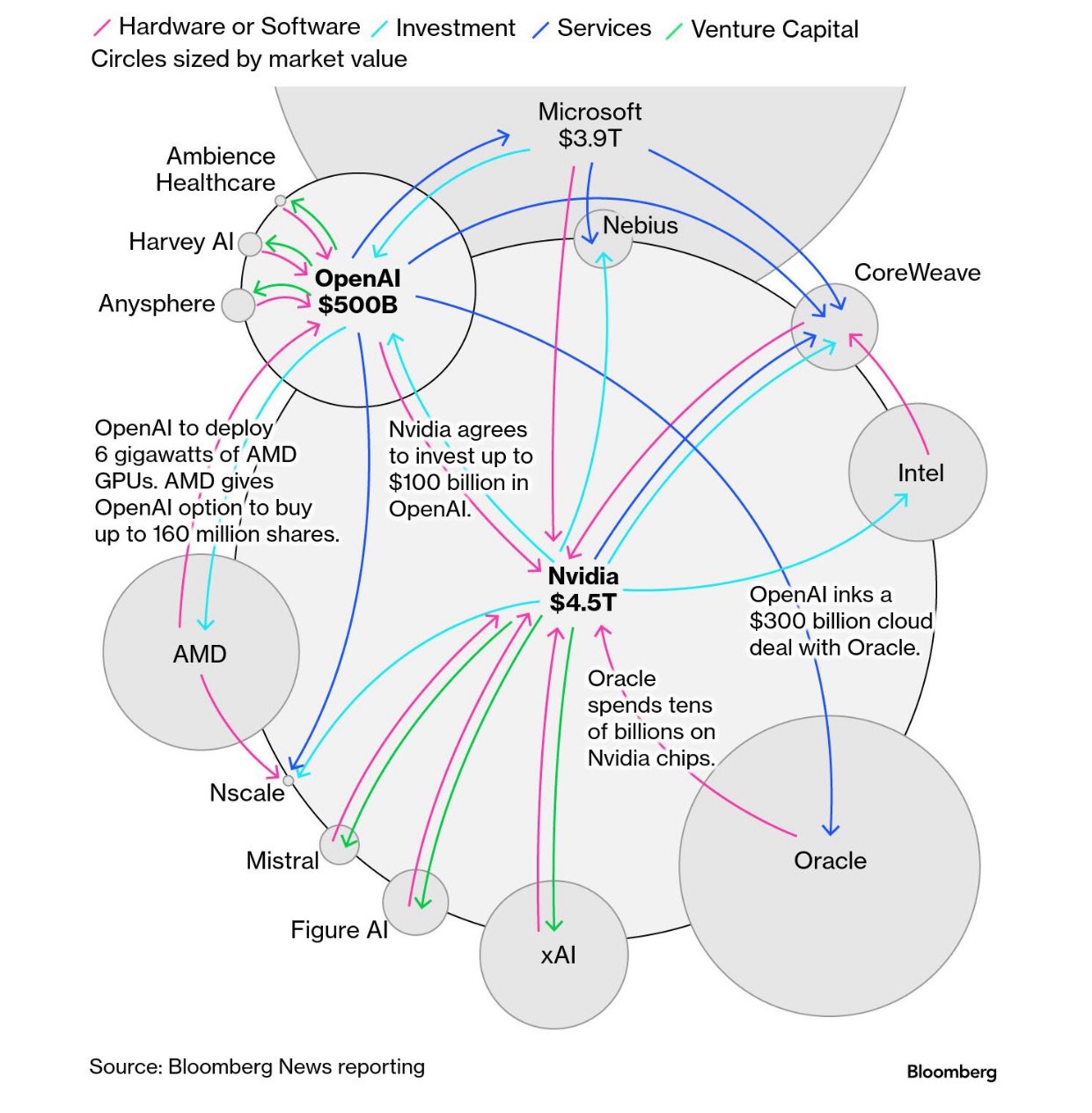Interestingly enough, we can rely on a lot of PRIVATE SECTOR DATA.
But as you guessed it, much of their data depends on official statistics.
From Bloomberg's Tracy Alloway and Joe Weisenthal in their ODD LOTS column:
So there are definitely alternatives out there. The issue is that private data is not necessarily a perfect substitute for official numbers in part because private data often
depends on official statistics.
For instance, when it comes to the labor market, today we got ADP data for September showing US companies cut 32,000 jobs. That was very different to economists' collective expectations for a 51,000 increase!
Part of this discrepancy is down to ADP's benchmark revisions, where they changed the weighting of jobs across various industries. These revisions are based on you guessed it official QCEW data published by the BLS that provides a much more comprehensive (but lagged) picture of the US jobs market. (We've talked in this space about QCEW before).
ADP data also shows a narrower slice of the jobs market than payrolls, since only companies that actually use ADP's payrolls services get reflected in the figure. ADP might be the largest provider of payroll services in the US, but it still only accounts for about
10% of the total market. This is one reason why you analysts sometimes dismiss the report as noisy and the gap between ADP and official BLS payrolls figures has become a pretty big talking point in recent years.
All in all, private sector data is not a perfect substitute for the official stuff, as we're about to learn in real-time. UBS Chief Economist Paul Donovan puts it as follows:
Quote:
"Private data is like viewing the economy through a keyhole clear, but with a narrow field of vision. Official data is like opening the door. Private data relies on official data to model the bits of the economy outside its field of vision, and that modelling becomes less accurate in the absence of official data."
That door is now slammed shut. 








